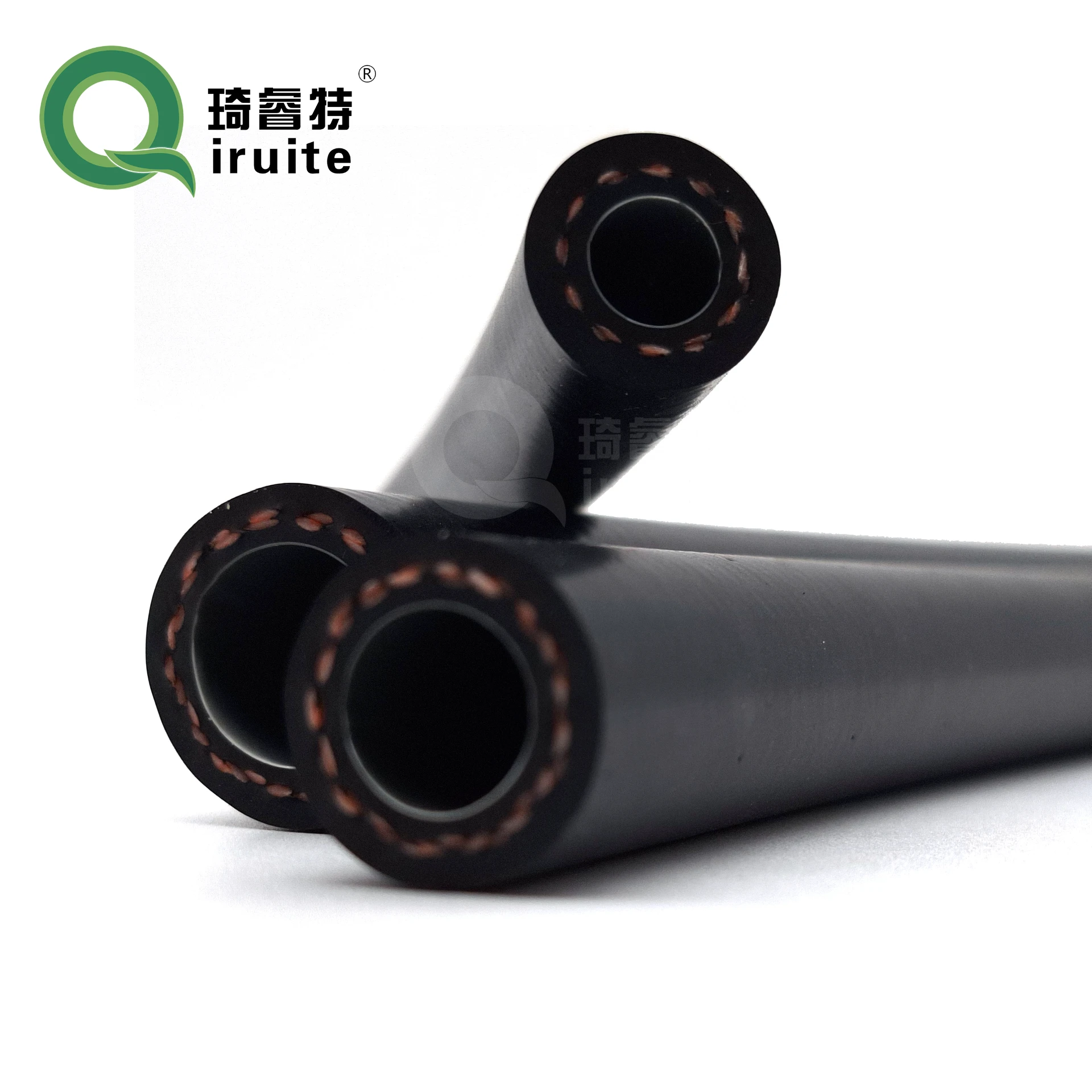brake lines on car
Understanding Brake Lines on Cars Importance and Maintenance
Brake lines are an essential component of any vehicle's braking system, playing a crucial role in ensuring safety and reliability on the road. These lines are responsible for transferring hydraulic fluid from the master cylinder to the brake calipers or wheel cylinders, allowing for effective braking when needed. Understanding their function, maintenance, and potential issues is vital for every car owner.
The Function of Brake Lines
Brake lines are typically made of high-quality steel or flexible rubber, which can withstand the pressure of the hydraulic fluid. When the driver presses the brake pedal, the master cylinder creates hydraulic pressure that pushes fluid down the brake lines. This pressure moves the brake calipers or wheel cylinders, which then apply force to the brake pads or drums, slowing or stopping the vehicle.
Cars have two primary types of brake lines hard lines and soft lines. Hard lines are rigid, metal tubes that connect different components of the brake system, while soft lines, or flexible hoses, connect these hard lines to the brake calipers. The soft lines are designed to bend and flex as the vehicle moves, accommodating suspension motion and steering.
Importance of Brake Line Maintenance
Regular maintenance of brake lines is essential for ensuring a vehicle's safety. Over time, brake lines can become corroded, cracked, or damaged, leading to leaks and decreased braking performance. A leak in the brake line can result in a partial or complete loss of braking ability, which can be extremely dangerous.
Common symptoms of brake line issues include a soft or spongy brake pedal, a warning light on the dashboard, or visible leaks under the vehicle. If any of these signs are present, it's crucial to inspect the brake lines and address any problems immediately.
brake lines on car

How to Maintain Brake Lines
1. Regular Inspections During routine vehicle maintenance, have your brake lines inspected for signs of wear, corrosion, or leaks. This inspection should include both hard lines and soft lines.
2. Flush Brake Fluid Brake fluid can absorb moisture over time, which can lead to corrosion inside the brake lines. It is recommended to flush the brake fluid every two years or as specified by the vehicle manufacturer.
3. Check for Leaks Keep an eye out for puddles or spots under your car that may indicate a brake fluid leak. If you notice any signs of leakage, have it examined by a professional.
4. Protect Against Corrosion If you live in an area where roads are salted in winter, consider applying a protective coating to the brake lines to prevent corrosion.
5. Replace Worn Lines If your brake lines are showing signs of damage or wear, they should be replaced promptly. Driving with compromised brake lines poses a serious risk to your safety.
Conclusion
In summary, brake lines are a critical component of a vehicle's braking system, and proper maintenance is essential for safety. Understanding their function, regularly inspecting them, and addressing any issues promptly can help ensure that your vehicle remains safe for the road. Drivers should never underestimate the importance of a well-maintained braking system, as it is key to avoiding accidents and ensuring the safety of everyone on the road.
-
Ultimate Spiral Protection for Hoses & CablesNewsJun.26,2025
-
The Ultimate Quick-Connect Solutions for Every NeedNewsJun.26,2025
-
SAE J1401 Brake Hose: Reliable Choice for Safe BrakingNewsJun.26,2025
-
Reliable J2064 A/C Hoses for Real-World Cooling NeedsNewsJun.26,2025
-
Heavy-Duty Sewer Jetting Hoses Built to LastNewsJun.26,2025
-
Fix Power Steering Tube Leaks Fast – Durable & Affordable SolutionNewsJun.26,2025

